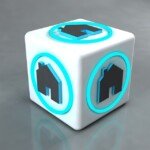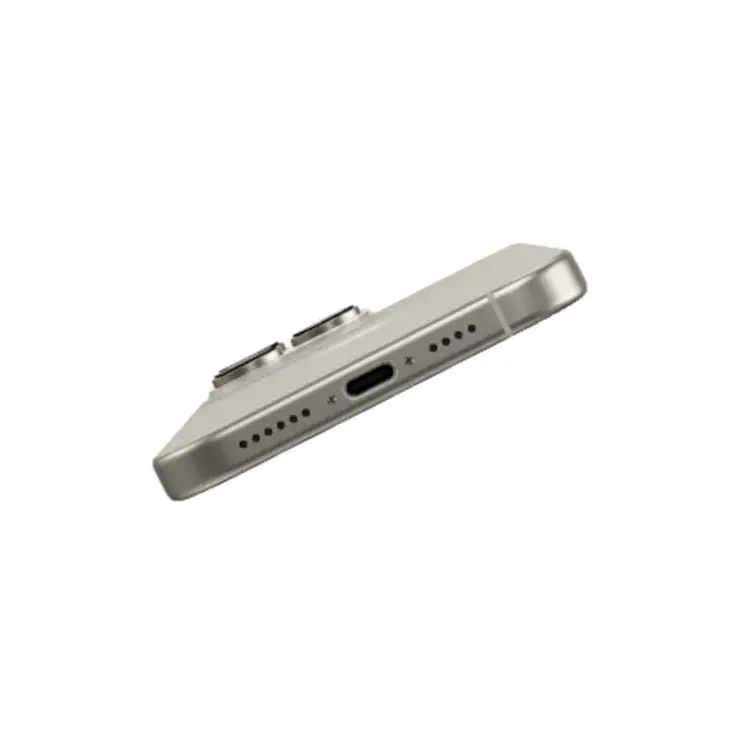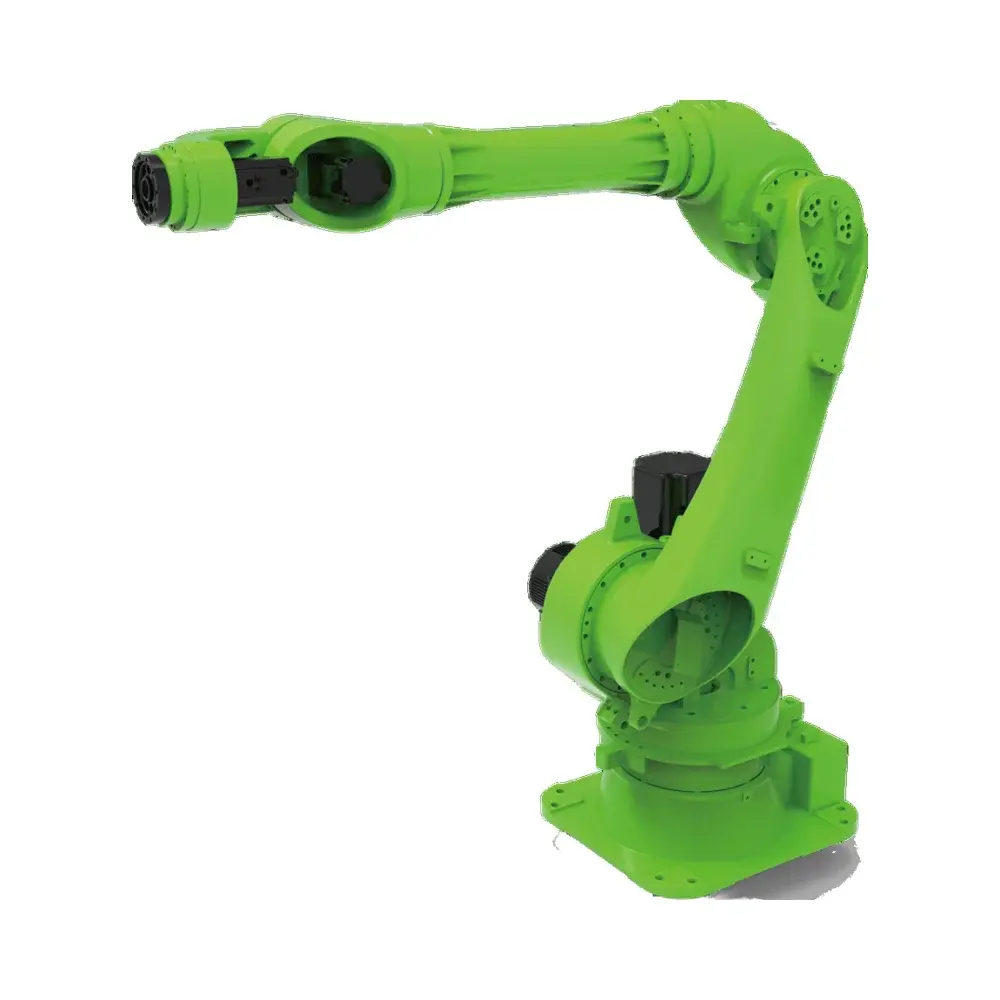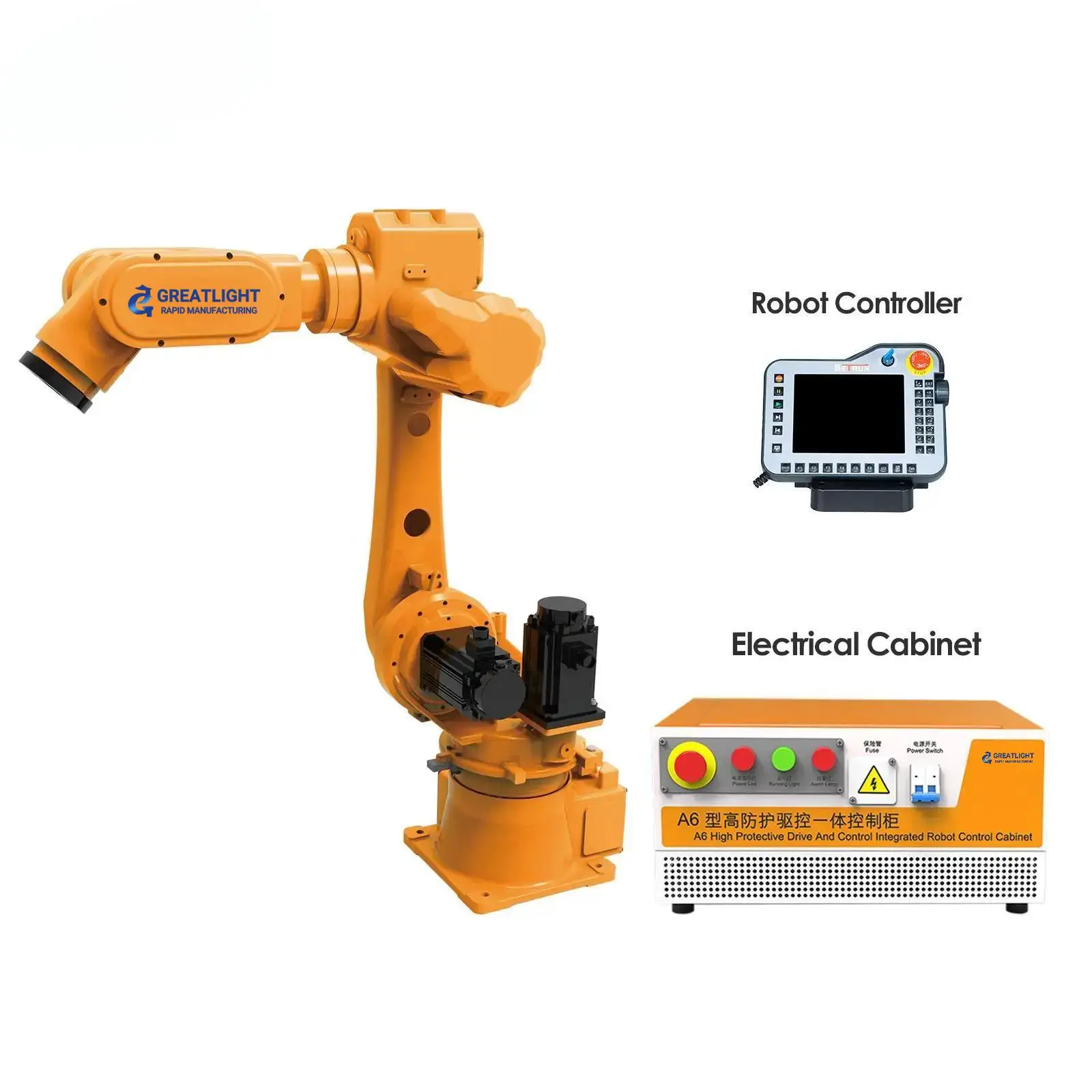The Engine of Precision: Why Precision Rack and Pinion Drives Are King of Demanding CNC Machining
In the world of CNC (Computer Numerical Control) machining, microns matter, repeatability is paramount, and the method of moving machine parts is crucial. While ball screws have their place in applications requiring speed, long strokes and robust performance under heavy loads, Precision rack and pinion system Become the undisputed main force. Understanding the importance of this technology helps manufacturers make informed decisions about their equipment and partners.
Beyond the Basics: How a Rack and Pinion Drive Works
The core of the system is very simple:
- frame: A long linear gear with precisely cut teeth, usually mounted on the fixed bed or frame of a machine.
- Pinion: A circular gear mounted directly on the rotating axis of a servo motor or stepper motor. The pinion meshes directly with the teeth of the rack.
- motion: When the motor spins the pinion, the interaction between the pinion teeth and the rack teeth converts the motor’s rotational motion into precise linear motion of the shaft carrying the pinion (for example, the gantry of a router or the column of a large milling machine).
Why choose CNC precision rack and pinion?
The advantages compared to alternatives are very compelling, especially for specific applications:
- Unparalleled speed: Rack and pinion systems excel at high speed movements. Unlike ball screws, which can whip and vibrate at high rotational speeds, the linear characteristics of racks can significantly speed up movement over long distances, which is critical for large-format processing and rapid positioning.
- Unlimited stroke length: Ball screws have practical length limitations due to sag, whiplash, and thermal expansion. Rack systems are modular; parts can be seamlessly connected end-to-end for virtualization any required stroke length without affecting speed or stiffness. This makes them ideal for gantry milling machines, plasma tables, large milling machines and laser cutters.
- High load capacity and rigidity: The precision-milled frame itself is sturdy. When used with high quality pinions and rigid mounting systems, they provide excellent load carrying capacity and resistance to deflection under cutting forces. This stability translates directly into superior part accuracy and surface finish.
- Durable and low maintenance: Precision rack and pinion systems are designed to handle high forces and continuous operation, especially when properly lubricated (usually pre-lubricated and sealed), providing exceptionally long service life and minimal maintenance requirements compared to systems that rely on belts or even ball screws for long distances.
- Efficient power transmission: Direct meshing efficiently converts motor torque into linear force, minimizing energy losses associated with complex conversion mechanisms.
Meeting the challenge: Precision matters
This is not without nuance. The key term here is "accurate." Lower cost hobby grade rack and pinion systems can suffer from backlash and inaccuracies due to loose tooth profiles and loose mesh. This is where high-end CNC systems shine:
- Ground transmission device accuracy: Precision systems use racks and pinions whose teeth are ground (not just cut) to extremely tight tolerances. This minimizes play and ensures consistent, smooth rolling contact.
- Gap elimination mechanism: The complex design utilizes a dual pinion arrangement with preloaded springs or servo-controlled backlash compensation within the drive system to virtually eliminate backlash and maintain positional accuracy.
- Sturdy installation and sturdy construction: The entire drivetrain, including frame mounting surfaces and motor mounts, must be extremely rigid to prevent bending and ensure the precision of the gearing is transferred directly to the tool tip.
Precision rack and pinion CNC systems dominate
This technology improves performance in demanding areas:
- Large format processing: Wood routers, composite edging, plastic fabrication, sign making.
- Heavy metal cutting: Plasma cutting, oxygen cutting, large water jet cutting table.
- Aerospace and Composite Materials: Trimming large aircraft parts and processing molds.
- car: Prototyping jigs, trimming composite parts, specialty tools.
- Stone and glass processing: Monument engraving, glass cutting/etching bench.
Gretel: Your precision CNC machining solution partner
When milliseconds, microns and heavy-duty reliability are non-negotiable for your custom metal parts or assemblies, the foundation of your CNC equipment matters. exist huge lightwe not only utilize state-of-the-art five-axis CNC machining capabilities, but we also have a deep understanding of the system itself, including the critical role played by precision motion control.
We utilize our own state-of-the-art five-axis CNC machining centers to manufacture high-tolerance parts. More importantly, combined with precision rack and pinion design principles, the solutions we provide have the following characteristics:
- Excellent stability and rigidity: Our machining strategies and structural design knowledge ensure components can withstand sustained forces.
- Speed without compromise: Leverage technology optimized for rapid material removal and positioning.
- Material Versatility: Expertise in machining a variety of metals for racks, pinions, housings and mounts.
- End-to-end capabilities: From complex part manufacturing to five-axis CNC machining to precision finishing and assembly services, we offer a complete service.
Whether you are building new CNC equipment, retrofitting an existing machine, or need high-precision metal parts that require superior dimensional stability under load, GreatLight’s engineering expertise and manufacturing capabilities ensure optimal results. We transform demanding concepts into reliable, precise realities.
in conclusion
Precision rack and pinion drive systems are the backbone of high-speed, large-format and heavy-duty CNC machining applications. When precision engineering is used to eliminate gaps and ensure rigidity, their advantages in speed, unlimited travel, robustness and efficiency are undeniable. Understanding these principles enables manufacturers to specify and use CNC equipment that meets the most demanding requirements. For those seeking custom precision machining solutions where motion control performance is critical, partnering with experts like GreatLight, whose in-depth understanding of application requirements and advanced manufacturing techniques guarantees the highest precision and durability of components and results. Don’t compromise on action; invest in the precision and power of a rack and pinion driven by expertise.
Customize your high-performance precision parts with GreatLight today – experience the speed, stability and engineering excellence your project demands.
FAQ: Precision Rack and Pinion CNC Systems
Q1: Is a rack and pinion system as accurate as a ball screw?
one: Yes, but only on high-precision systems. The standard enthusiast rack and pinion setup is difficult to be precise due to backlash. Precision ground racks and pinions, combined with effective anti-backlash mechanisms (such as double pinion preload) and rugged machine construction, allow for accuracy that rivals or exceeds ball screws, especially Ball screws face limitations in their long strokes.
Question 2: Why is the rack and pinion system better suited for speed and long strokes?
A: The inherent design avoids rotational inertia and potential "whip" This limits the maximum speed of long ball screws. Linear racks can connect any length smoothly end-to-end without introducing the bending or vibration issues that plague long rotating screws. This allows for faster shaft speeds over long distances.
Question 3: Are rack and pinion systems expensive to maintain?
Answer: Generally speaking, precision rack and pinion systems are Low maintenance requirements. High-quality systems typically feature sealed, pre-lubricated bearings and gears designed to extend service life. Regular cleaning to prevent abrasive dust from accumulating in the teeth, as well as occasional inspection/relubrication (if not sealed) are usually the main requirements. They are more durable than belt drives and are generally less expensive to maintain than complex ball screw assemblies over long spans.
Q4: What materials are precision racks usually made of?
A: Precision racks are typically machined from high-strength alloy steel (such as hardened and ground 4140 or 4340) for heavy duty loads and durability. Stainless steel variant for use in corrosive environments. Precision pinions are also made of hardened tool steel or alloys. The gear teeth are ground after hardening to achieve the required surface finish and tolerances.
Q5: What types of CNC machine tools does Honglaite specialize in producing?
A: Huileite focuses on Advanced five-axis CNC machining. This allows us to manufacture highly complex, tight-tolerance parts using multiple metals in a single setup. Our expertise extends to understanding and producing components critical to high-performance CNC systems, including components that leverage the fundamental principles of precision motion control. We also offer comprehensive post-processing and finishing services.
Q6: Can GreatLight manufacture custom parts specifically for rack and pinion systems?
one: Absolutely. Leveraging our five-axis CNC machining capabilities and precision engineering expertise, we can fabricate custom racks, pinions (including complex helical designs for smoother motion), housing assemblies, motor mounts and structural elements designed for maximum rigidity. Whether you need a single replacement precision gear or a complex assembly manufactured to exacting specifications, we have the technology and skills to deliver.
Q7: Does GreatLight provide design support for projects requiring precision motion?
one: Yes. Our engineering team has a deep understanding of manufacturing tolerances and the principles of high-performance CNC motion systems such as racks and pinions. We are well-equipped to provide design for manufacturability (DFM) consulting for components where motion accuracy, speed, and structural integrity are critical, ensuring your parts perform flawlessly in their intended systems.









































